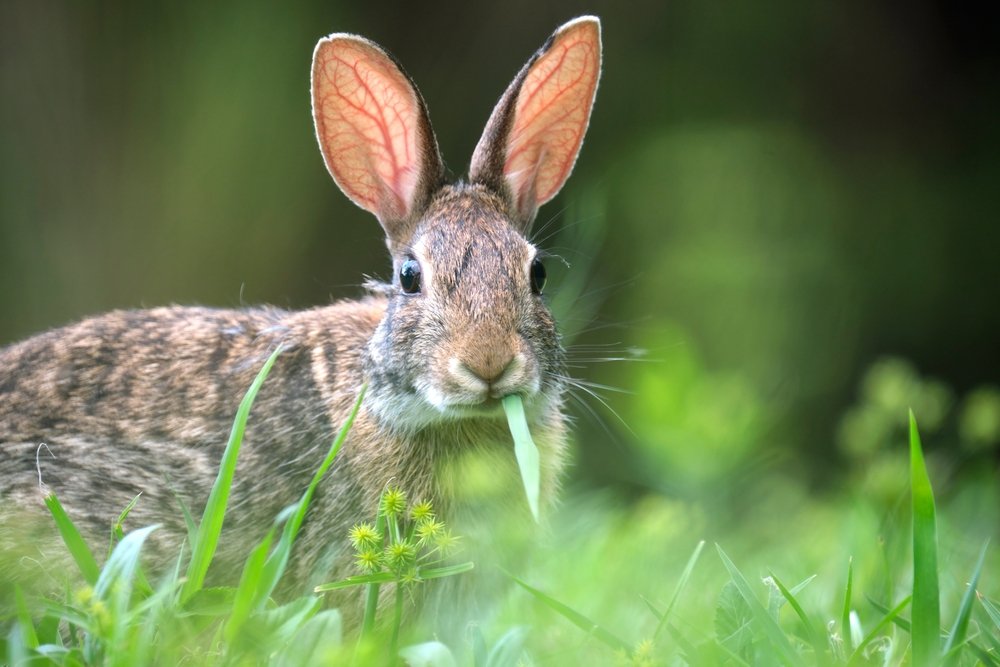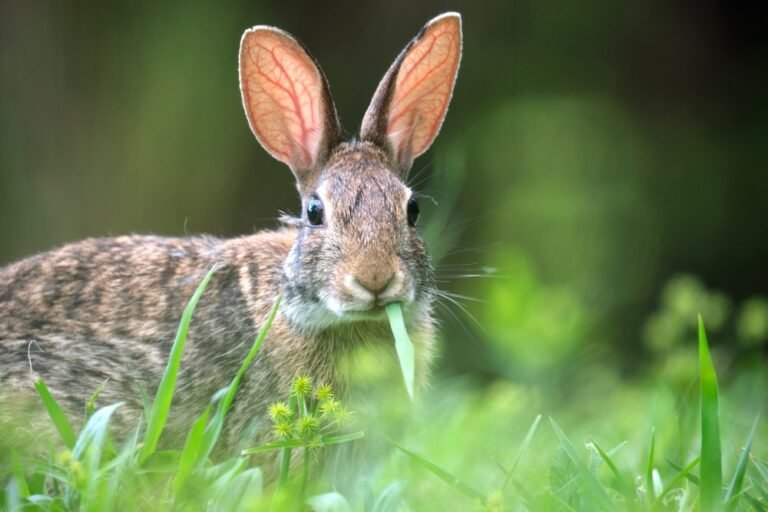The Best Global Rabbit Hunting
Global rabbit hunting encompasses a diverse range of practices and techniques employed by enthusiasts worldwide. Let’s take a trip around the world and see how rabbit hunting looks world wide.

From the verdant fields of Europe to the vast plains of North America, this age-old activity has captivated hunters for centuries. The significance and popularity of rabbit hunting extend far beyond mere recreation; it is deeply embedded in the fabric of various societies and embodies their cultural heritage.
Definition of Global Rabbit Hunting
Global rabbit hunting can be understood as the practice and artistry of chasing rabbits across continents using various techniques conforming to regional customs. Whether pursued individually or organized in groups, it involves tracking, stalking, and capturing rabbits through traditional or modern approaches. This multifaceted endeavor caters to recreational hunters seeking outdoor adventures and individuals relying on rabbit meat for sustenance.
Importance and Popularity of Rabbit Hunting Worldwide
The importance attached to rabbit hunting extends well beyond its immediate recreational appeal. Throughout history, rabbits have held symbolic significance in several cultures globally.
For instance, ancient Egyptians considered them sacred animals associated with fertility and rebirth due to their prolific breeding habits. In medieval Europe, rabbit hunting evolved into an exclusive sport enjoyed by nobility as a demonstration of skill and affluence.
In contemporary times, rabbit hunting remains popular across numerous regions due to its multifaceted benefits. Firstly, this pursuit contributes significantly to wildlife management efforts by controlling rabbit populations that can escalate rapidly if unchecked, resulting in ecological imbalances that harm fauna and flora.
Additionally, many communities rely on rabbits as an important food source rich in protein and lean meat. Furthermore, global accessibility makes it appealing to a diverse range of enthusiasts.
From the rural countryside of England, where traditional hunting methods like ferreting and snaring persist, to the vast expanses of North America, where rifle shooting and coursing are employed, international hunting practices demonstrate the adaptability and versatility of this craft. Global rabbit hunting transcends its mere recreational nature; it is deeply ingrained in the rabbit hunting culture across continents.
Defined by varied techniques and rich traditions, it has left an indelible mark on societies worldwide. With its ecological significance and enduring popularity, rabbit hunting continues to captivate individuals from different backgrounds who recognize its sporting allure and practical value.
Global Rabbit Hunting: A Historical Perspective
Ancient Egyptians and Rabbits, Symbols of Fertility and Rebirth
One cannot delve into the rich tapestry of global rabbit hunting without acknowledging the profound influence of ancient Egyptian civilization. The ancient Egyptians revered rabbits as symbols of fertility and rebirth, often associating them with their goddess Hathor, who represented motherhood and the rejuvenation of life. This deep cultural significance led to the establishment of rabbit hunting culture within Egyptian society.
Although not solely focused on hunting, rabbits held a sacred place in religious ceremonies, where they were sometimes sacrificed to honor deities or ensure prosperous harvests. The reverence for rabbits in ancient Egypt laid the foundation for their role in hunting practices across cultures.
Medieval Europe and the Rise of Rabbit Hunting
Moving forward through history, we arrive at medieval Europe, where rabbit hunting took on a new dimension – that of a sport reserved for nobility. During this era, European aristocracy sought refuge from their daily duties by engaging in elaborate hunting rituals that showcased their noble status.
Rabbit hunting became increasingly popular among these hunts due to its accessibility and thrilling nature. Pursuing rabbits over vast estates provided entertainment and an opportunity to display one’s skill with various weapons such as bows or crossbows.
Evolution of Hunting Techniques across Different Regions
As international trade expanded and cultures intermingled throughout history, various regions developed distinctive approaches to rabbit hunting. Traditional methods were shaped by geography, available resources, and local knowledge passed down through generations.
These time-honored techniques included snaring, ferreting (using trained ferrets to flush out rabbits from burrows), and trapping using nets or pits concealed along known pathways. However, with technological advancements came modern approaches that revolutionized the art of rabbit hunting.
The advent of firearms, specifically rifles, gave hunters increased range and accuracy, making it easier to bag a rabbit on the move. Additionally, falconry – the ancient practice of training birds of prey – found its place in rabbit hunting, allowing skilled falconers to hunt rabbits cooperatively with their avian companions.
Another remarkable development was coursing, an exhilarating method where sighthounds were utilized to chase down rabbits in open fields. The historical perspective of global rabbit hunting unveils a captivating tapestry interwoven with ancient Egyptian reverence for rabbits as symbols of fertility and rebirth and medieval Europe’s adoption of this pursuit as an exclusive sport for nobility.
The evolution of hunting techniques across different regions showcases traditional methods passed down through generations and modern approaches that have reshaped how we engage with this timeless activity. As we continue our exploration into global rabbit hunting, we shall focus on the fascinating world of rabbit species found across continents.
Rabbit Species Around the World: A Closer Look
Common species found globally
European Rabbit

The European Rabbit, scientifically known as Oryctolagus cuniculus, is native to southwestern Europe but has been introduced to various continents over time. This species has a significant presence in regions like North America, South America, Australia, and New Zealand due to intentional introductions by humans for farming purposes or accidental releases from captivity.
While these rabbits have adapted well to some new environments, their introduction has often had unforeseen consequences on local ecosystems. Their rapid population growth and voracious feeding habits have led to competition with native species for resources and habitat degradation.
Eastern Cottontail (Sylvilagus floridanus)
The Eastern Cottontail, scientifically known as Sylvilagus floridanus, is a rabbit species originally native to North America; however, it has now successfully colonized other parts of the world through intentional introductions or accidental escapes from captivity. Known for its adaptability and versatility, the Eastern Cottontail can thrive in diverse habitats ranging from forests and grasslands to suburban areas.
These rabbits have become common across Europe, Australia, South America, and even some parts of Asia. Their ability to rapidly breed and occupy different ecosystems makes them an interesting subject for studying the impact of invasive species on local biodiversity.
Lesser-known rabbit species in specific regions
Volcano Rabbit (Romerolagus dizi) – Endemic to Mexico’s volcanic mountains
The Volcano Rabbit, scientifically known as Romerolagus diazo, holds a special place in Mexico’s natural heritage. This unique rabbit species is endemic to the volcanic mountains of Mexico and can be found in areas such as the Trans-Mexican Volcanic Belt. The Volcano Rabbit has adapted to its high-altitude habitat characterized by pine forests and grasslands, usually near rocky slopes or burrows along streams.
Due to habitat loss and fragmentation caused by human activities, this species faces significant conservation challenges. Raising awareness about these remarkable rabbits is crucial for their long-term survival.
Amami Rabbit (Pentalagus Furness) – Found only on Japan’s Amami Islands
The Amami Rabbit, scientifically known as Pentalagus furnessi, represents an intriguing case of a rabbit species restricted to a small geographic range. Endemic to Japan’s Amami Islands in the Ryukyu archipelago, this nocturnal rabbit inhabits dense subtropical forests with a varied diet of leaves, fruits, and bark.
Due to habitat loss caused by deforestation and predation by feral cats introduced to these islands, the Amami Rabbit is considered critically endangered and protected under Japanese law. Conservation efforts are vital for preserving this rare and culturally significant animal.
Techniques and Tools Used in Global Rabbit Hunting
Traditional methods are still employed today.
Rabbit hunting has a long-standing history, and enthusiasts still practice many traditional methods. One such method is snaring with wire or cordage traps, which involves setting up a network of carefully placed snares to capture rabbits as they move through their habitat.
These snares are strategically positioned along known rabbit trails or in areas where they feed, ensuring maximum efficiency. The technique requires great skill and knowledge of rabbit behavior to achieve successful results.
Another traditional method is ferreting, where trained ferrets are released into rabbit burrows to flush out the rabbits for the hunters. This age-old practice capitalizes on the instincts of both ferrets and rabbits, creating an exhilarating experience for those involved.
B Modern approaches utilized by
In recent years, rabbit hunters have employed modern approaches, seeking more efficient and humane methods. One such approach is rifle shooting, which allows hunters to accurately and precisely take down rabbits from a distance. Rifles specifically designed for small game hunting provide greater control while minimizing the risk of injury to the animal.
Another modern technique that has gained popularity is falconry, where trained birds of prey are used to hunt rabbits. This ancient practice combines human expertise with nature’s ultimate predator, resulting in an awe-inspiring display of hunting prowess.
Conclusion
As we delve into global rabbit hunting techniques and tools used across different regions, it becomes clear that this activity transcends mere sport; it is a vibrant part of cultural heritage and tradition worldwide. Whether employing traditional methods like snaring or ferreting or modern approaches like rifle shooting or falconry, these techniques showcase our adaptability as hunters throughout history.
While technological advancements have provided us with more effective means to pursue our passion, it is important to maintain respect for the natural world and preserve the delicate balance of ecosystems. As international hunting practices continue to evolve, let us embrace the opportunities for growth and education while preserving the rich rabbit hunting culture for generations.





